Building a brand to elevate Vietnamese rice
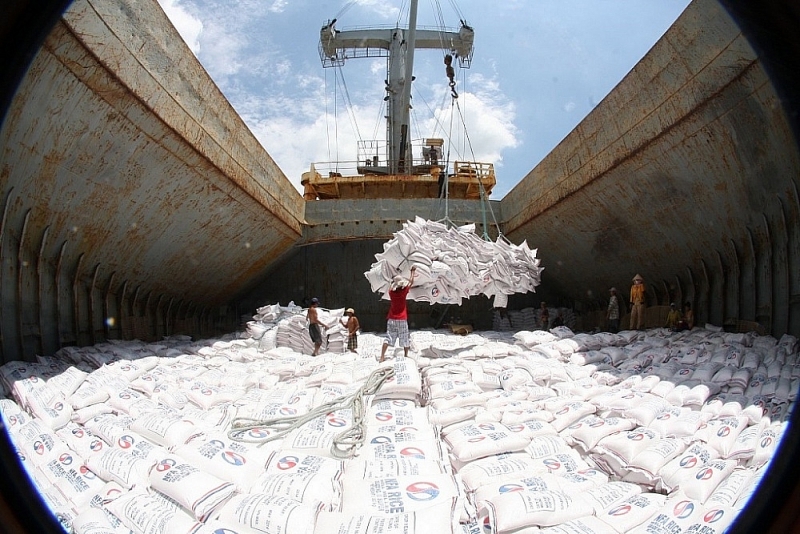 |
| Successfully building a rice brand means establishing trust among domestic and global consumers. Photo: T.L |
Lessons from Thailand and Japan
At a recent seminar on building a rice brand held in Soc Trang, Mr. Sakda Sinives, advisor to A.S Power Green Co., Ltd., shared insights on Thailand’s approach to branding its rice. Thailand consolidates its branding efforts through a single website, “Thai select,” to avoid overwhelming customers with too many platforms, making it easier for them to remember.
Mr. Sakda Sinives also suggested key factors in creating a brand name, including: brand identity; alignment with the target audience; registrability for protection; scalability; product linkage; integration of logo and slogan; feedback and testing; marketing plans; and the sustainability of the brand.
Sharing experiences in building and commercializing the Tsuyahime specialty rice brand, Koji Takeuchi, Executive Director of Yamabun Farm Co., Ltd. (Japan), shared insights on the journey of developing and marketing the Tsuyahime specialty rice brand. According to him, the farm addresses numerous considerations, such as selecting rice varieties, flavor profiles, customer preferences, suitability for children, pricing, and packaging design.
"Tsuyahime translates to 'Shiny Princess,' reflecting the glossy and appealing texture of the rice when cooked. That’s why I chose the name Tsuyahime from my hometown as the brand for my specialty rice," said Takeuchi.
In Yamagata Prefecture, where Takeuchi established Yamabun Farm, the local government has set four standards for producing Tsuyahime rice: designated cultivation areas, farming standards, certified producers, and strict quality assurance before the rice is marketed.
Takeuchi noted that Japan has developed comparative charts or guides to showcase which types of rice pair best with specific dishes for optimal flavor. Additionally, detailed cooking instructions are provided to ensure the rice tastes its best, whether served hot or cold. In Japan, the production of high-quality specialty rice forms a strong foundation for the industry.
The government and companies have worked together to establish and adhere to production standards and technical guidelines to maintain and enhance the reputation of rice products. These products are widely promoted to become leading brands in premium price segments, with attention given to combating counterfeit products and incorporating customer feedback.
Vietnamese rice rising through quality
Reflecting on the journey of building the Vietnamese rice brand, Le Thanh Tung, former Deputy Director of the Department of Crop Production (MARD), stated that over the past 30 years, the Ministry has implemented numerous initiatives to improve rice varieties, farming techniques, markets, and food safety standards.
As a result, Vietnam has successfully exported various rice types, gradually advancing towards producing white, translucent, long-grain rice that the country has diligently developed. Previously, this type of rice accounted for only 15-20% of exports; now, it makes up approximately 75%. The remaining export categories include 10% glutinous rice, 10% processed rice, and around 10% specialty rice (such as low-sugar rice and rice cultivated under VietGAP and GlobalGAP standards).
Le Thanh Hoa, Deputy Director of the Department of Quality, Processing, and Market development (MARD), noted that some Vietnamese rice enterprises have succeeded in building brands and establishing a presence in international markets.
A prime example is the ST25 rice brand, developed by Ho Quang Cua. This rice brought pride to Vietnam’s agriculture sector by winning the title of "World's best rice". The success of ST25 demonstrates the immense potential of Vietnam's rice industry and lays the groundwork for elevating the country’s rice brand on the global stage.
Hoa emphasized that building a brand adds value to products, enhances competitiveness, and aligns with sustainable development goals to increase added value.
Pham Thai Binh, Chairman of the Board at Trung An high-tech agriculture JSC, also shared his perspective on the notable achievements in building the Vietnamese rice brand.
Each year, the Philippines imports tens of thousands of tons of rice from Vietnam. At the end of 2023, India banned rice exports, causing global rice prices to surge. However, even after India lifted the export ban and offered rice at very low prices, the Philippines still chose to buy from Vietnam instead of India.
According to Binh, this decision reflects the trust the Philippines has in Vietnamese rice. He emphasized that building a successful rice brand means establishing trust among domestic and international consumers.
From a local perspective, Vuong Quoc Nam, Vice Chairman of Soc Trang Provincial People's Committee, stated that in recent years, Soc Trang has implemented policies to restructure agricultural production, focusing on increasing added value and adapting to climate change.
As a result, the rice sector has gradually shifted towards higher quality and economic efficiency, increasing incomes for rice farmers. Notably, the proportion of specialty and high-quality rice varieties now exceeds 54%, with ST24 and ST25 rice accounting for over 18%.
However, Nam also highlighted the growing competition in the international rice market. Many countries in the region with strong rice production capabilities are reopening their export markets after periods of restrictions.
Additionally, consumer preferences in traditional markets have changed significantly. Buyers and consumers now prioritize not only delicious, nutritious, and health-safe rice but also rice produced in environmentally friendly ways. While this presents challenges, it also creates opportunities for Vietnamese rice.
The launch of the sustainable development plan for 1 million hectares of high-quality, low-emission rice farming linked to green growth in the Mekong Delta region by 2030 marks a new milestone, providing a foundation to pave the way for the development of Vietnam’s rice industry in the new phase.
Le Thanh Tung also noted that rice branding must start with businesses, not from the government. Having too many standards and regulations can stifle business creativity. Therefore, implementing the 1 million-hectare high-quality, low-emission rice project is a way to build a rice brand.
Businesses create their brand based on the cultivation process, rice varieties, and adherence to national technical standards and regulations.
According to the MARD, the total volume and value of rice exports from Vietnam in the first 11 months of 2024 reached nearly 8.5 million tons, with a value of US$5.31 billion, an increase of 10.6% in volume and 22.4% in value compared to the same period in 2023.
The average export price of rice in the first 11 months of 2024 is estimated at US$627.9/ton, a 10.6% increase compared to the same period in 2023, the highest ever recorded.
Related News

Increase revenue from building a sustainable supply chain
11:04 | 30/12/2024 Import-Export

Necessary conditions for operating a "natural flavor" business
19:28 | 14/12/2024 Import-Export

Green production - An important link for green growth
16:29 | 13/08/2024 Import-Export

New tricks to import goods infringing IP
09:09 | 08/08/2024 Anti-Smuggling
Latest News

Embracing green exports: a pathway to enter global supply chains
10:33 | 20/02/2025 Import-Export

New policy proposed to prevent transfer pricing, tax evasion of FDI enterprises
10:32 | 20/02/2025 Import-Export
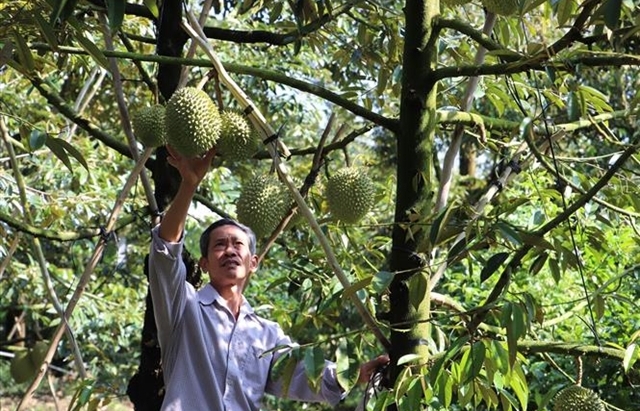
Việt Nam’s durian exports to China plummet by 80%
16:18 | 19/02/2025 Import-Export
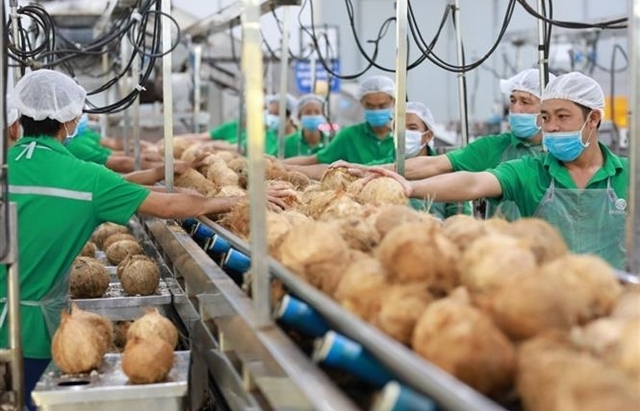
Coconut exports reach 14-year high
15:29 | 18/02/2025 Import-Export
More News

Shrimp exports grow in the first month of 2025
15:28 | 18/02/2025 Import-Export
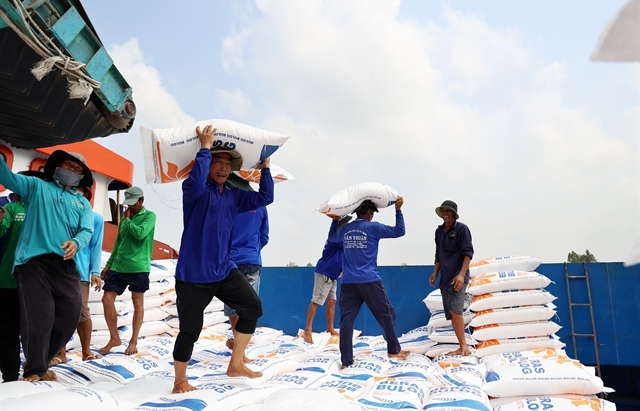
Rice export prices drop, but decline expected to be short-term
08:10 | 17/02/2025 Import-Export
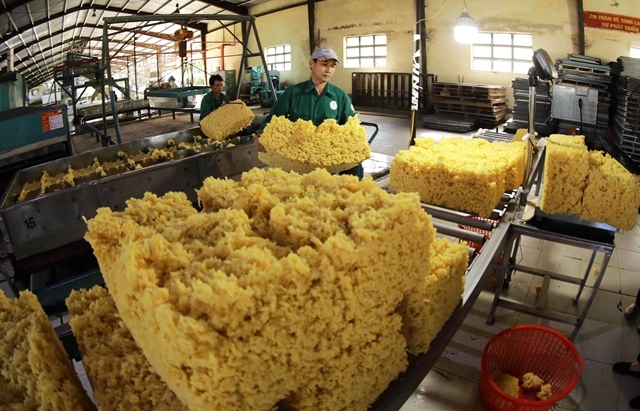
Key agro products expected to maintain export growth this year
08:08 | 17/02/2025 Import-Export
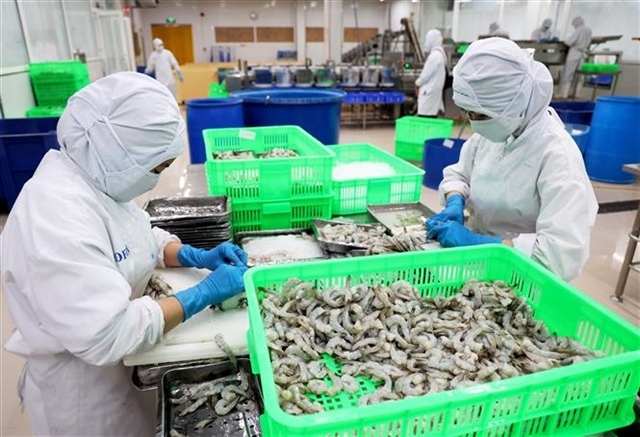
EU issues 12 warnings against Việt Nam’s food and agricultural exports
08:07 | 17/02/2025 Import-Export
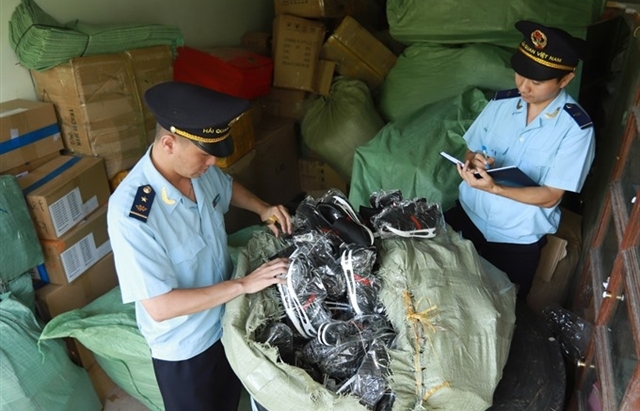
Việt Nam to impose VAT on low-value express-imported goods
08:06 | 17/02/2025 Import-Export

Exchange rate risks need attention in near future
16:31 | 15/02/2025 Import-Export
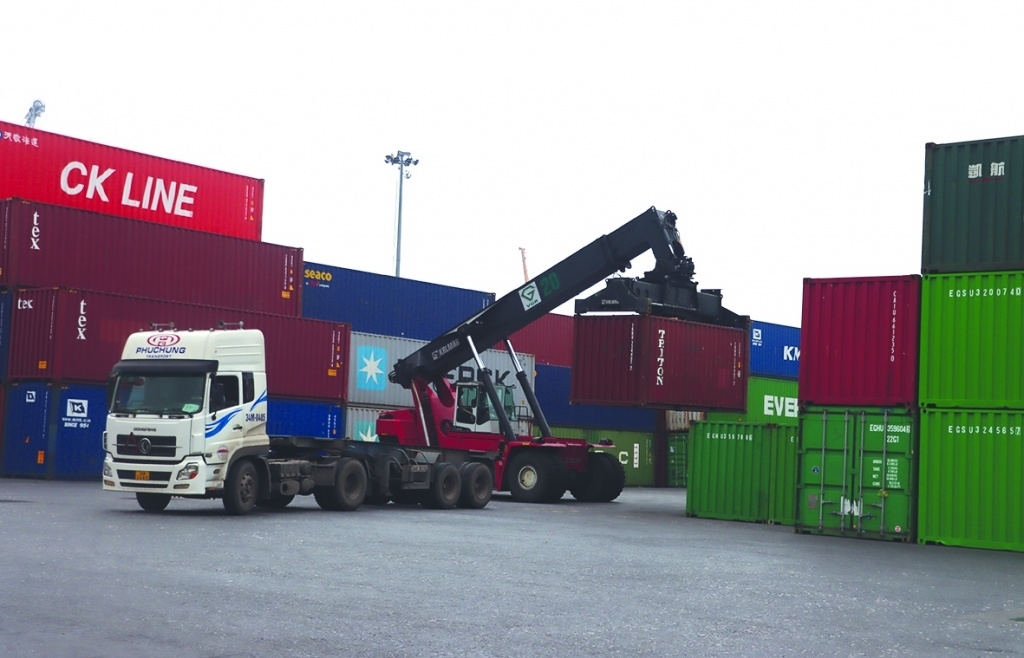
Vietnam kicked off the year with a strong start in trade, exceeding US$63 billion in the first month
16:30 | 15/02/2025 Import-Export

Import and export turnover reaches about US$29 billion in the second half of January 2025
14:52 | 14/02/2025 Import-Export

Market edges up slightly as liquidity remains low
14:48 | 14/02/2025 Import-Export
Your care

Embracing green exports: a pathway to enter global supply chains
10:33 | 20/02/2025 Import-Export

New policy proposed to prevent transfer pricing, tax evasion of FDI enterprises
10:32 | 20/02/2025 Import-Export

Việt Nam’s durian exports to China plummet by 80%
16:18 | 19/02/2025 Import-Export

Coconut exports reach 14-year high
15:29 | 18/02/2025 Import-Export

Shrimp exports grow in the first month of 2025
15:28 | 18/02/2025 Import-Export
